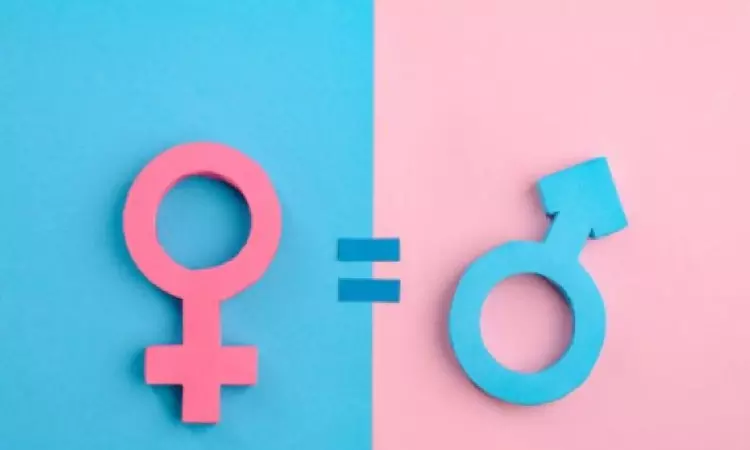No country achieved full gender parity: UN
Analysis of 114 countries has found that women’s power and freedom to make choices and seize opportunities remain largely restricted.

No country has achieved full gender parity and fewer than one per cent of women and girls live in a country with high women’s empowerment and a small gender gap, according to a new global report launched by UN Women and UNDP at the Women Deliver Conference.
The report provides — for the first time — a more comprehensive picture of progress in women and girls’ human development.
The report sees UN Women and UNDP join forces to propose the Women’s Empowerment Index (WEI) and the Global Gender Parity Index (GGPI) as the twin indices for measuring gender parity and women’s empowerment.
The twin indices offer different but complementary lenses for assessing progress in advancing women’s human development, power, and freedoms. Together, they shed light on the complex challenges faced by women worldwide and pave the way for targeted interventions and policy reforms.
Analysis of 114 countries has found that women’s power and freedom to make choices and seize opportunities remain largely restricted.
Low women’s empowerment and large gender gaps are commonplace.
The WEI measures women’s power and freedom to make choices and seize life opportunities across five dimensions: health, education, inclusion, decision-making, and violence against women.
Similarly, the GGPI evaluates the status of women relative to men in core dimensions of human development, including health, education, inclusion, and decision-making.
Globally, women are empowered to achieve on average only 60 per cent of their full potential, as measured by the WEI. They achieve, on average, 72 per cent of what men achieve across key human development dimensions, as measured by the GPPI, reflecting a 28 per cent of gender gap. These empowerment deficits and disparities are harmful not just to women’s well-being and advancement but also to human progress.
Commenting on the report’s findings, UN Women Executive Director Sima Bahous stated:”With the Sustainable Development Goals, the global community has made a strong commitment to gender equality and women’s empowerment. However, we can see clearly with these new indices that across countries, women’s full potential remains unrealised, and large gender gaps continue to be commonplace, thereby obstructing and slowing progress in the realization of all the Goals.”
“Sustained efforts are therefore needed to deliver on the promise of gender equality, secure the human rights of women and girls and ensure that their fundamental freedoms are fully realised,” she concluded.
The report also highlights that less than one per cent of women and girls live in countries with both high levels of women’s empowerment and high gender parity, while more than 90 per cent of the world’s female population — 3.1 billion women and girls — live in countries characterised by a large women’s empowerment deficit and a large gender gap.
“This eye-opening analysis shows that higher human development is not by itself a sufficient condition, as more than half the countries with low and middle performance in the women’s empowerment index and global parity index fall in the very high and high human development groups,” said UNDP Administrator, Achim Steiner.
“Too many women and girls are living in countries that only allow them to reach a fraction of their potential and these fresh new insights are ultimately designed to help to effect real change — for real people,” he added.



